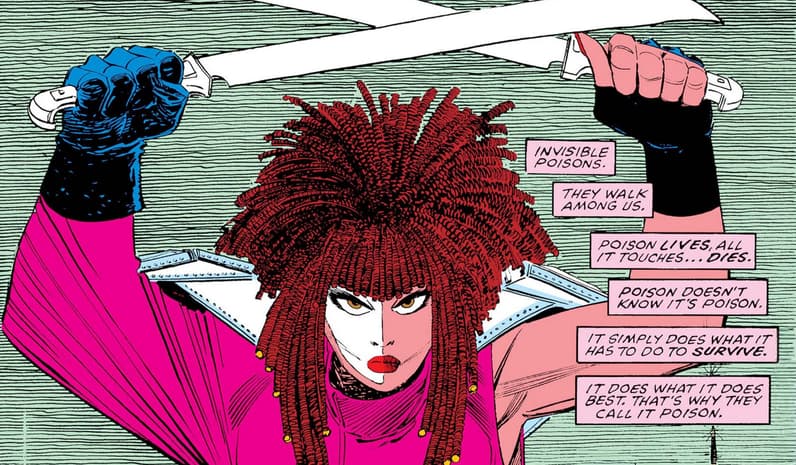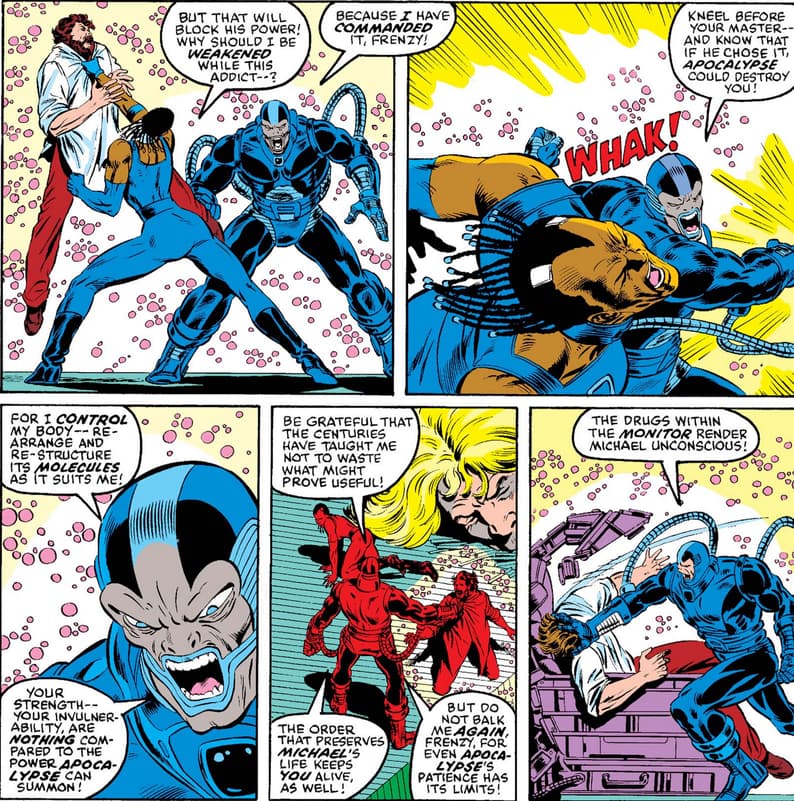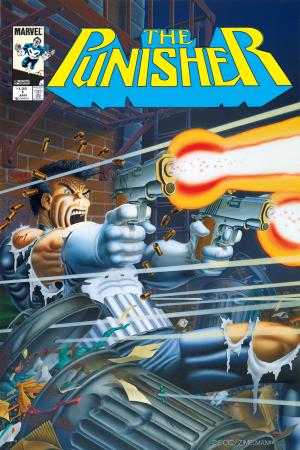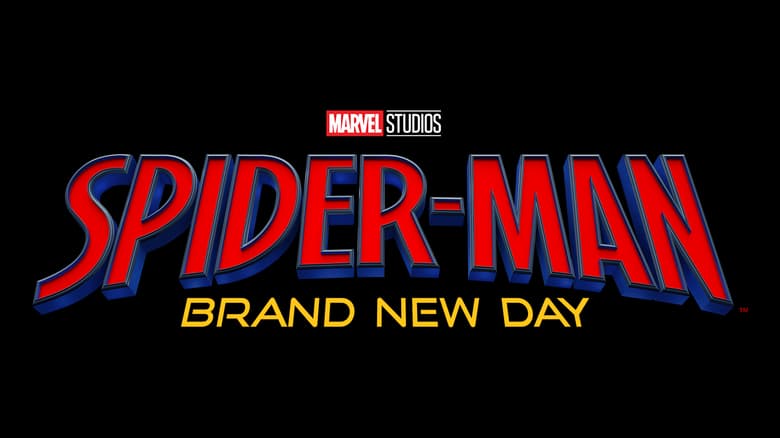Marvel Comics in the ‘80s: Not Just for Kids Anymore
In the 1980s, many comics took a turn down some dark, grim and gritty alleyways thanks to these innovative writers at the House of Ideas.

Going back to the earliest days of the Marvel Universe, Stan Lee and his artistic cohorts worked hard to incorporate real-world elements into their books. Spider-Man might have been a great hero, but Peter Parker was a picked-on geek who had to worry about making enough money to build his equipment. The Thing could take on just about any physical challenge, but he lost his human form in the process.
In the 1980s, a new crop of writers entered the House of Ideas and took that to the next level with a series of iconic stories dealing with everything from homelessness and abuse to drug addiction and human extermination. These stories still thrilled and entertained, but brought in a new level to comics that can still be seen today.
Here are some of the creators who dragged elements from some of the darker corners of the Marvel Universe into the light.
Frank Miller
When you think of the grim and gritty ‘80s, one of the first names to pop up is Frank Miller. His career kicked off at Marvel in 1979 with one-off penciling gigs on books like JOHN CARTER WARLORD OF MARS #18, and his association with Daredevil began with DAREDEVIL #158 that same year. But he began co-writing that title in 1980 with Roger McKenzie before taking over as both writer and penciler with issue #168, assisted by legendary inker Klaus Janson.

Thus began one of the most iconic and important runs of the ‘80s as Miller introduced -- and later killed -- Elektra, made Bullseye one of the most dangerous villains in the Marvel Universe, and nearly destroyed Matt Murdock with the "Born Again" story arc which ran from issues #227-233. Split into two sections, his runs on DAREDEVIL lasted until issue #191 while the second spanned issues #219-233.
Far from a one-trick pony, though, Miller also co-wrote the original WOLVERINE limited series with Chris Claremont and teamed with Bill Sienkiewicz on the limited series ELEKTRA: ASSASSIN as well as the graphic novel DAREDEVIL: LOVE AND WAR. Throughout the decade, Miller proved that “funny books” weren't just for kids anymore by injecting adult themes that people are still talking about to this day.
Ann Nocenti
Following up Frank Miller's groundbreaking run on DAREDEVIL proved no small feat, but Ann Nocenti was up for the task. Three issues after Miller left, she debuted on the title and would become the series writer with DAREDEVIL #238. Aside from the exceptions of a few fill-ins, Nocenti guided the blind lawyer from Hell's Kitchen through the end of the decade into the 1990s, coming to an end with issue #291.

Like her predecessor, Nocenti did not shy away from darker topics that real people had to deal with ranging from media madness (DAREDEVIL #242) and the environment (DAREDEVIL #250-251) to cocaine (DAREDEVIL #264) and animal cruelty (DAREDEVIL #271). She also explored the ways women are treated in society through the creation of mutant and dissociative identity disorder-sufferer Typhoid Mary as well as the son of the devil himself, Blackheart. Miller may have been the first to place Daredevil in this darker realm, but Nocenti cemented his place there, setting a precedent that continues to be followed to this day.
Chris Claremont
After coming up through the ranks at Marvel in the ‘70s, Chris Claremont began weaving his epic tales with a certain martial artist first in MARVEL PREMIERE and then in books like IRON FIST and DEADLY HANDS OF KUNG FU. His tenure on X-MEN began that same decade, but he continued building the mutant mythos throughout the ‘80s by adding characters like Emma Frost, Kitty Pryde, Dazzler, the Brood, Callisto and the Morlocks, Forge, Mr. Sinister, and an army of others. He also crafted stories like the DARK PHOENIX saga, DAYS OF FUTURE PAST, MUTANT MASSACRE, FALL OF THE MUTANTS, and INFERNO.
Throughout the decade, Claremont brought his unique vision -- which usually mixed the drama of real life with harrowing costumed adventures -- to books like MAN-THING, DOCTOR STRANGE, SPIDER-WOMAN, Wolverine's first limited and ongoing solo series, MARVEL COMICS PRESENTS, EXCALIBUR, and NEW MUTANTS, one of the more endearing and enduring teen hero comics of the era. And he didn't stop there – in fact, Claremont, the architect of many things X, continues adding on to this day!
Louise Simonson
Like Claremont, Louise Simonson not only made the jump from editor to writer at Marvel, but also left an indelible mark on the X-Men. She took over X-FACTOR with issue #6 and helmed the title until issue #64 in 1991. In her very first issue, Simonson introduced one of the most dastardly villains in the Marvel Universe, Apocalypse – and she didn't stop there. The writer sent Angel down a dark path that led to attempted suicide and his eventual transformation into Archangel. Madelyne Pryor didn't have such an easy go of things in that series either. Simonson also held the reins on NEW MUTANTS, a title she helped usher in as an editor.

Simonson also made history by creating POWER PACK with June Brigman. Now, you might not think of a kids' book as pushing the boundaries, but like TV of the day aimed at the same audience, some of these stories dealt with kidnapping, drugs, gun violence, and other issues that children have to deal with whether we like it or not.
J. M. DeMatteis
Though he might be more commonly associated with Super Hero stories with a comedic angle, J. M. DeMatteis got down and dirty in the ‘80s. He took DEFENDERS to some dark places during his run, killed the Red Skull to end his epic CAPTAIN AMERICA run in issue #300, rolled along with GHOST RIDER on many a supernatural ride, and explored some of what made the Sub-Mariner the man he is today in PRINCE NAMOR.
However, in 1987 he cemented his place on this list with a story initially called "Fearful Symmetry" but more commonly known as "Kraven's Last Hunt." Running in WEB OF SPIDER-MAN #31-32, AMAZING SPIDER-MAN #293-294, and PETER PARKER, THE SPECTACULAR SPIDER-MAN #131-132, this Mike Zeck-drawn tale found the titular Hunter close to death. Instead of gently shuffling off this mortal coil, Kraven had gone a bit mad and spent his days sitting amongst thousands of spiders and eating some. Feeling closer to his prey, he shot Spider-Man and buried him alive before proving to himself that he was a better hero than the Wall-Crawler by dressing up in his black costume and brutally stopping criminals. All of this led to one of the more surprising endings and we're not going to spoil it here, so get reading if you haven't experienced this story yet!
Roger Stern
Like many other legendary creators from this era, Roger Stern began in editorial before becoming a full-time writer. He pulled double duty for a time penning both PETER PARKER, THE SPECTACULAR SPIDER-MAN and AMAZING SPIDER-MAN and also launched WEST COAST AVENGERS. During his time as Spidey's shepherd, he co-created the Hobgoblin.

Stern also captained AVENGERS #189-288 for the majority of those issues (with the largest gap coming during issues #202-226). During his tenure he introduced Taskmaster and Nebula. He gave the team their biggest threat during "Under Siege" in issues #270-277 when the Masters of Evil finally succeeded in putting together a plan that could actually stop the Avengers. Along the way they captured Captain America, nearly killed both Jarvis and Hercules, and destroyed the few mementos Steve Rogers had of his old life.
Doug Moench

Like Claremont, Doug Moench got to flex some of his darker muscles in the ‘70s with the black and white magazines that existed outside the overview of the Comics Code Authority. While also writing MASTER OF KUNG FU, Moench launched the first MOON KNIGHT ongoing series in 1980. Having introduced the character in 1975's WEREWOLF BY NIGHT #32, he wrote the majority of the volume's 38 issues. Along the way, Moench created a hero steeped in darkness going back to his mercenary roots, connection to Egyptian gods and multiple personalities.
Jo Duffy
Though she's probably more associated with her fun run on POWER MAN & IRON FIST #56-84, Jo Duffy also penned the much darker FALLEN ANGELS limited series which brought together a number of down-and-out characters including Sunspot, Warlock, and Boom Boom who all wound up stealing for the Vanisher in a very Dickensian scenario.
Jim Starlin
Throughout his time building up and fortifying the Marvel Cosmic Universe in titles like CAPTAIN MARVEL and INFINITY GAUNTLET, Jim Starlin broke our hearts in 1982 with the release of MARVEL GRAPHIC NOVEL #1 - THE DEATH OF CAPTAIN MARVEL. In that must-read story, he showed that, sometimes, even a hero can die from everyday causes like the rest of us – in this case, cancer.

Bill Mantlo
In addition to an epic INCREDIBLE HULK run and several beloved licensed comics, Bill Mantlo also introduced Cloak and Dagger in SPECTACULAR SPIDER-MAN #64 and chronicled their solo adventures in the initial four-part limited series and then the first 11-issue ongoing series. Not only were Ty Johnson and Tandy Bowen runaways, but they also gained their unique super powers from an inflicted drug overdose.
Steven Grant
Steven Grant kicked around the Marvel Universe for a while and then, in 1986, he left his stamp on the industry when he wrote the very first solo PUNISHER limited series. In the span of that five-issue series, Grant and Mike Zeck sent Frank Castle on a drug-addled rampage, locked him up in jail and continued him down the dark paths that fans have come to expect from the skull-wearer.
Mike Baron
Writer Mike Baron spent a good deal of the ‘80s working on creator-owned properties elsewhere, but transitioned into the House of Ideas in 1987 when he launched the first PUNISHER ongoing series and stuck around for nearly 75 issues on into the ‘90s.

Many of the these stories in the 1980s set a tone for certain Marvel characters that remained for years to come, changing once chipper adventurers into hardened heroes with even tougher struggles. From troubling to taboo, these writers took Marvel favorites, some under-the-radar characters, and new creations to dark places that asked tough questions – it only made them strong enough to endure even longer lives in the Marvel Universe.
For more about Marvel’s 80th anniversary, visit Marvel.com/marvel80!
The Hype Box
Can’t-miss news and updates from across the Marvel Universe!













